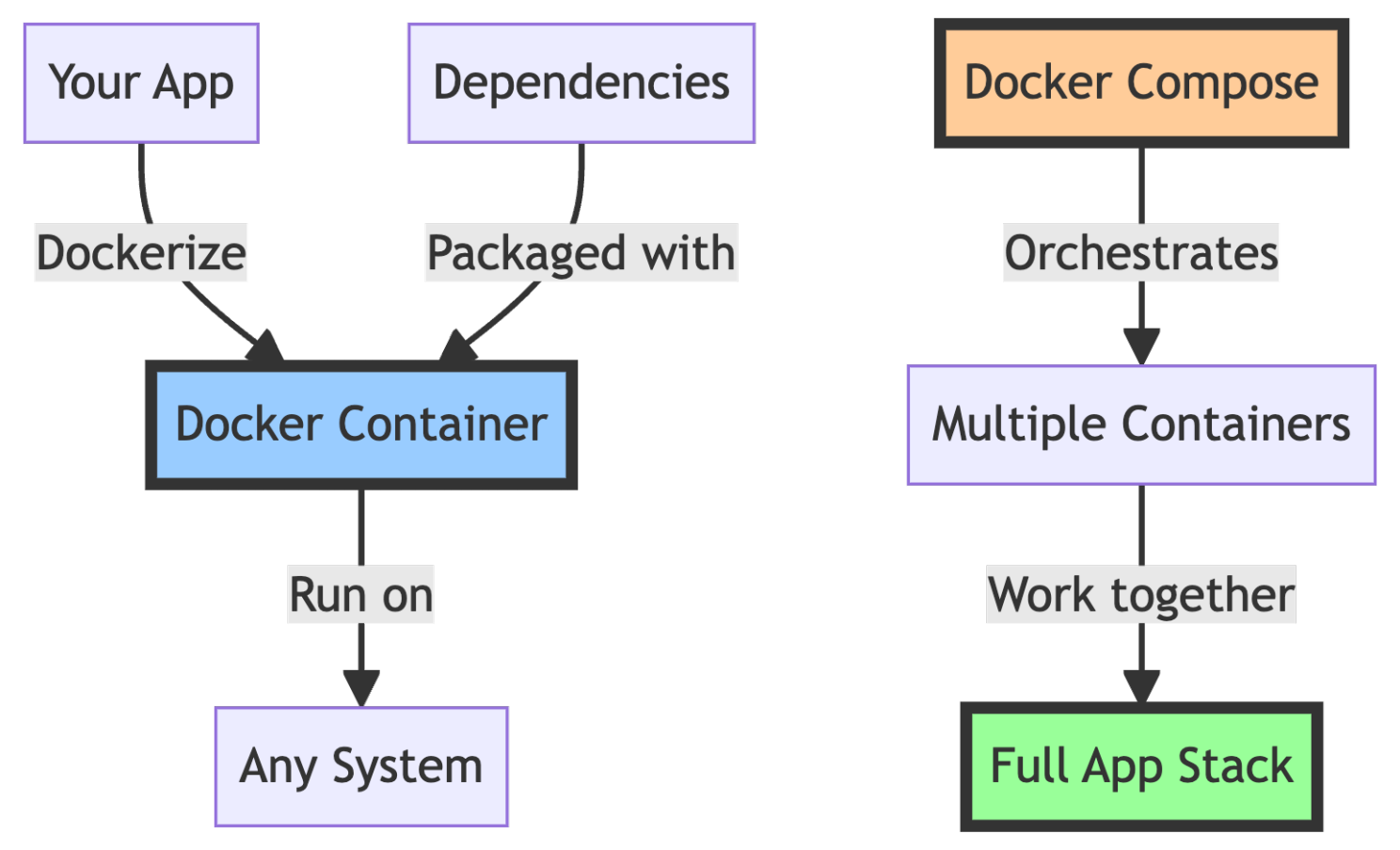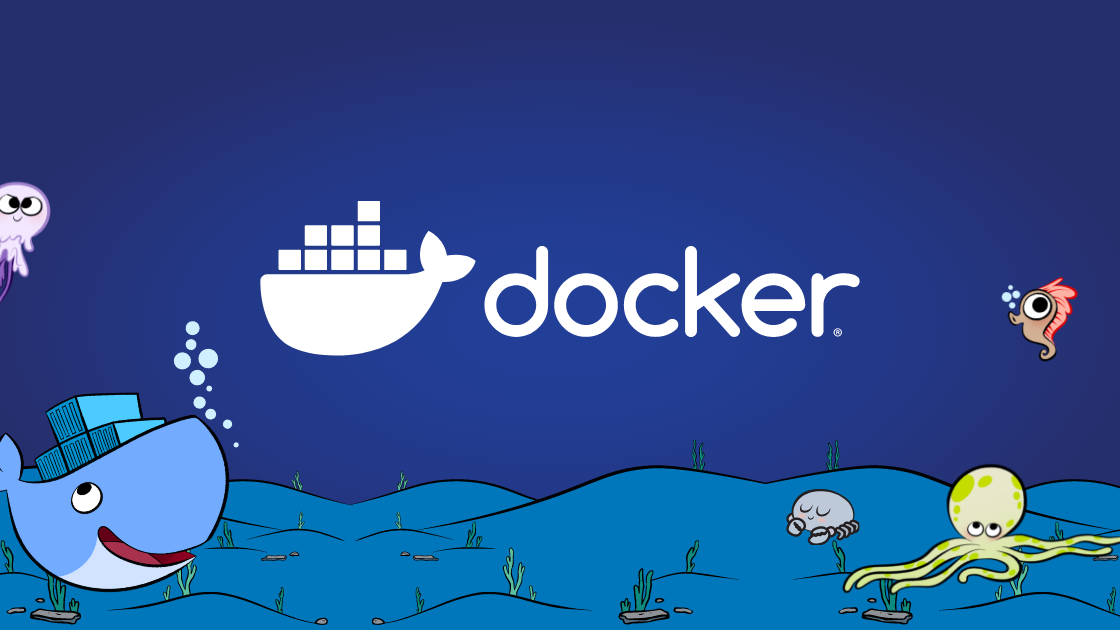Hello there👨 ! Ready to dive into the ocean of containerization? Well, grab your life jackets because we're about to set sail with Docker! 🚢
What is Docker?
Docker is like a magical shipping container for your code. It packages up your application and all its dependencies into a standardized unit called a container. These containers are lightweight, portable, and can run anywhere from your laptop to a server in the cloud. It's like giving your app a cosy little house that it can take anywhere!
Check out the Docker website to explore more: https://www.docker.com/
Why should you give a dock about Docker?
-
Consistency: "It works on my machine" is no longer an excuse. With Docker, if it works in your container, it'll work everywhere. It's like having a universal adapter for your code!
-
Isolation: Each container is like its own little world. No more "stop hitting yourself" moments when one app interferes with another.
-
Efficiency: Containers share the host system's kernel, making them lighter and faster than traditional VMs. It's like carpooling for your apps!
-
Scalability: Need more power? Just spin up more containers. It's like cloning your app, minus the ethical dilemmas.
Docker in Action: A Whale of a Tale
Let's say you have a simple Python web app. Here's how you might "Dockerize" it (i.e., prepare it to run in a Docker container):
# Use an official Python runtime as a parent image FROM python:3.9-slim # Set the working directory in the container WORKDIR /app # Copy the current directory contents into the container at /app COPY . /app # Install any needed packages specified in requirements.txt RUN pip install --no-cache-dir -r requirements.txt # Make port 80 available to the world outside this container EXPOSE 80 # Define environment variable ENV NAME World # Run app.py when the container launches CMD ["python", "app.py"]
This Dockerfile is like a recipe for your container. It tells Docker:
- Start with a Python image (it's like choosing your base ingredients)
- Set up a workspace (preheating the oven)
- Copy in your code (adding the secret sauce)
- Install dependencies (mixing in the spices)
- Open up a port (setting the table)
- Run your app (serving the dish)
To build and run this container, you'd use:
docker build -t my-python-app . docker run -p 4000:80 my-python-app
There you go! Your app is now running in splendid isolation, ready to be shipped off to any Docker-compatible system.
Need more Docker images to play with? Check out Docker Hub, the world's largest library of container images: https://hub.docker.com/
Docker Compose: The orchestra conductor for your containers
But wait, there's more! Enter Docker Compose, the tool that helps you manage multi-container applications. It's like a party planner for your containers, making sure everyone shows up and plays nice together.
With a simple YAML file, you can define and run all the services your app needs:
version: '3' services: web: build: . ports: - "5000:5000" redis: image: "redis:alpine"
This Docker Compose file is saying, "Hey, let's have a party with a web service and a Redis database. They'll be best friends!"
To start this multi-container shindig, just run:
docker-compose up
And boom! You've got a full application stack running faster than you can say "Containerize me, captain!"
Visualizing the Docker ecosystem
Now, I know what you're thinking: "This all sounds great, but can you draw me a picture?" Well, my artistic skills are about as refined as a whale's table manners, but let's give it a shot!

This diagram shows how your app gets Dockerized, how dependencies are packaged with it, and how Docker Compose can orchestrate multiple containers to create a full application stack.
Conclusion:
Docker has revolutionized how we develop, ship, and run applications. It's solved the age-old problem of "but it works on my machine" and made deploying applications smoother than a freshly waxed whale.
Docker can help you swim through the choppy seas of modern software development. It's time to quit wading in the shallow end and dive deep into the world of containerization!
Now go forth and containerize! And may the pods be ever in your favour! 🐳



